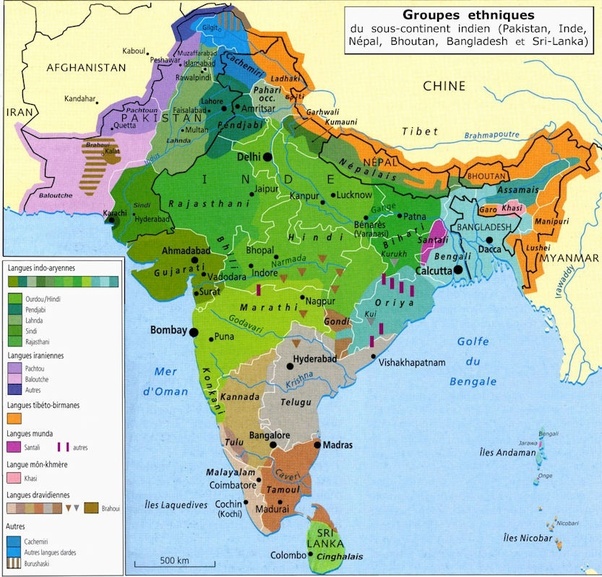Why does India account for 37 percent of female suicides?

Attempting suicide was decriminalised in India in 2017, but experts say more needs to be done to challenge stigma.
![Why does India account for 37 percent of female suicides? In 2016, suicide was the ninth leading cause of deaths in India; image for illustrative purposes only [File: Adnan Abidi/Reuters]](https://www.aljazeera.com/mritems/imagecache/mbdxxlarge/mritems/Images/2019/6/27/10db616763374ac5a8d471c4606357fc_18.jpg)
Mumbai, India – Nyana Sabharwal was 13 years old when she lost her mother to suicide.
Having struggled with alcoholism and what Sabharwal now understands was an undiagnosed mental illness, her mother had hanged herself while everyone else was asleep.
Her mother had told her, on several occasions, that she wanted to take her own life.
“I knew growing up that my mother was thinking of suicide, I just didn’t know what I should be doing about it as a child,” she says.
Growing up, Sabharwal was her mother’s primary caregiver.
“It was difficult because I didn’t know really what was the right thing to do and how to take care of my mum.
“As a child, you don’t recognise what suffering is because you look up to your parents as these people who are supposed to be perfect.”
Most evenings, Sabharwal would follow her mother around the house, making sure she didn’t drink too much or hurt herself, until she finally went to bed. She would then finish her schoolwork.
The next morning, she would head off to school worrying about what she might face upon her return.
“Every day when I came back from school, I wondered whether my mum would be there and whether she would be sober or not. I think that my childhood was an extremely difficult time of my life.”
In the years after her mother’s death, Sabharwal attempted suicide twice.
It wasn’t until much later, as an adult, she finally understood her mother’s struggle.
“Only now I’ve started to understand what she went through, but I could only understand it as a woman and not as a child,” she says.
In January 2018, Sabharwal and a friend, who also lost her father to suicide, cofoundedWe Hear You, a support group.
“When we started talking, we realised how easy it was to talk to somebody who had experienced the same loss, and that it was easier to understand this kind of pain and [these] experiences, the emotions and the manifestation of them.”
The group, now 20 members strong, meets on the first Tuesday of every month to support each other through their personal journeys of healing.
37 percent of global female suicides
Sabharwal’s mother is one of the thousands of women who die by suicide every year in India.
In 2018, according to research published in the Lancet Public Health October issue, Indian women make up nearly 37 percent of global female suicide deaths.
Although the rate of death by suicide for Indian women has dropped since 1990, it has not fallen as fast as elsewhere in the world.
In 2016, suicide was the ninth leading cause of deaths in India. In many cases, victims were educated, have had successful careers, they belonged to the middle class and/or they were married.
“Globalisation and the ensuing media blitz have increased the aspirations of women while society at large has failed to live up to the changes thereof, so there’s a definite discord between aspirations and reality,” said Johnson Thomas, director of Aasra, a suicide prevention hotline in Mumbai.
“The change towards nuclear families has increased the pressure on women to earn well, as well as maintain the home,” he says.
Support from extended family members is no longer the norm, meaning women bear the double burden of career and household responsibilities.
But Anna Chandy, chairperson of the Live Love Laugh Foundation, a charitable trust focused on creating awareness about mental health and reducing stigma, says suicide is not necessarily more prevalent among educated women.
“This is because of better reporting and not because incidence is [more so] among the educated,” she explains.
Though the bill was passed, it hasn’t taken effect yet in all the regions of the country.
JOHNSON THOMAS, DIRECTOR OF AASRA, A SUICIDE PREVENTION HOTLINE
Until 2017, suicide was a criminal offence in India – and an attempt carried a prison sentence of up to one year or a fine, or both.
In 2017, suicide and attempted suicide were decriminalised.
According to the Mental Healthcare Act, 2017, people who attempt suicide “shall be presumed, unless proved otherwise, to have severe stress and shall not be tried and punished under the said Code”.
The government is now mandated to provide care to victims.
But analysts say decriminalisation, while important, is not enough.
The implementation of the new bill was not comprehensive.
Some hospitals, medical clinics and police stations have not yet been briefed about the new bill, which means that in practice things remain relatively the same.
“The act hasn’t been notified at the police stations yet, so outdated laws are still referred to when booking an attempted suicide,” says Thomas. “Though the bill was passed, it hasn’t taken effect yet in all the regions of the country.”
There is still some ambiguity about the wording of the bill, which states that there is a necessary level of stress required for the act not to be a crime.
“This is a very vague and ambivalent way of framing whether this is a criminal act or not and it can be taken either way,” says Sabharwal.
“The language that we use is still ‘committed suicide’ when actually it’s a person dying by suicide. They don’t commit suicide like they commit a crime.”
Stigma persists
The stigma surrounding suicide remains; victims’ relatives continue to hide the cause of death, reporting it as the result of an accident, drowning or fall.
Sabharwal still sees a reluctance to talk openly about mental health, especially to friends and family.
This is perhaps why anonymous suicide prevention hotlines have become so popular.
“I think it’s fear of being judged and the stigma,” says Sunitha Ramachandram, shift coordinator at Samaritans Mumbai, a suicide hotline that has been active since 1993.
“Mental illness carries a lot of stigma in our community and a student or a young person would never want their peer to know their weakness, however close they may be.”
Removing the fear of being judged is neither straightforward nor easy.
“There’s no magic formula,” says Thomas. “It’s usually the conditioning of a person and resilience developed over time that enables a person to overcome his or her difficulties.
“Education and training in problem-solving, developing mental strength and emotional wellbeing will certainly help the cause.”
But without a marked shift in attitudes, real change will be slow.
According to Chandy, “It will take years of awareness, sensitisation and education on mental health issues until it will become embedded in the DNA of our culture.”
SOURCE: AL JAZEERA NEWS
- Previous Sudan in the grip of the RSF militia from Darfur
- Next Will it switch to China? Solomon Islands plans due diligence tour on Taiwan ties
















